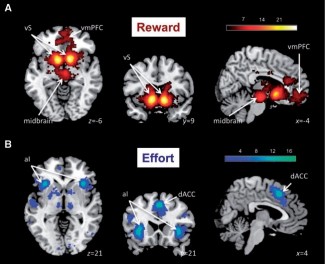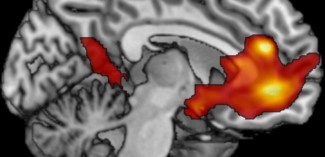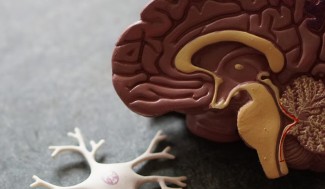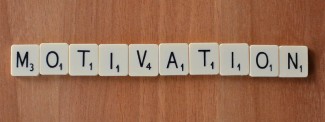Motivation is a key ingredient in our daily lives, whether we want to study a course, do sport or go to work by bike instead of by car. But what is motivation, exactly? What is the neurobiological basis for motivation? What drives motivation? And what research is being conducted on this topic at Paris Brain Institute? Read on for answers to these questions.
What is motivation?
Motivation is a crucial element in our societies that many teachers, business leaders, sports coaches and managers seek to promote. By definition, it is the energy that pushes us to start, maintain or stop doing an action that is difficult or unpleasant to perform or give up. Motivation enables progress towards a given objective, even when challenging internal or external factors are at play, such as fatigue, time constraints, the desire to do something else, etc.
Motivation, etymologically ‘to set in motion’, can be defined as a function that activates and directs behavior towards a goal.
According to decision theory, which attempts to rationally describe the procedures that lead an individual to make a decision, the direction and intensity of behavior are adjusted to maximize the expected benefit, while minimizing cost. In other words, our level of motivation for a given task (for example, doing a sport) corresponds to the difference between what this action will give us – the satisfaction of achieving an objective (better health, lower stress levels, etc.), and what it will cost us – the mental or physical difficulty of the action (having to travel to the place where the sport is played, needing to expend physical energy, etc.).
According to this theory, a rational choice would be to choose the action with the highest net value; the action with the maximum difference between anticipated benefits and costs.

Brain zones and neurotransmitters of motivation
The reward network consists mainly of the medial orbitofrontal cortex (mOFC), the ventral striatum (VS) and the dopaminergic nuclei in the midbrain. The effort network consists mainly of the anterior insula (AI) and the dorsal anterior cingulate cortex (dACC).
Functional MRI has shown that the mOFC plays a primary role in attributing value to a reward, while the AI attributes the cost of the effort (1). This information allows the net value of the action – benefits less costs – to be calculated in the dACC. The ventral part of the striatum (VS) is activated in response to the expected reward and activates the cognitive and motor cortical regions to produce the required effort.
Activation of the neural circuits for motivation results in the release of several brain molecules or ‘neuromodulators’. This molecule makes a person more sensitive to reward and amplifies the prospects of benefits, or the desire to perform the task in question.
Another important neurotransmitter is serotonin, which is involved in managing mood. This hormone reduces the ‘costs’ of an action, helping to make it less restrictive, and therefore helping it to be accomplished.
Another example is noradrenaline. A major neurotransmitter involved in stress and avoidance (fight-or-flight) reactions, it influences the effort required: when faced with a difficult or unpleasant action, it helps to mobilize the physical and mental energy needed to accomplish that task.
Research into motivation at Paris Brain Institute
In the case of neurological and psychiatric conditions, motivation deficits such as apathy are common: for example, in 40% of patients with Parkinson’s disease, 35% of stroke patients and the majority of patients suffering from depression. Motivation deficits are evaluated using subjective questionnaires that provide no information on the underlying pathophysiological mechanisms.
At Paris Brain Institute, the ‘Motivation, brain and behavior’ team is proposing research based on computational models that help to identify cognitive causes, for example reduced sensitivity to reward, and neuronal dysfunction such as impaired dopamine release, in order to find more targeted treatments for motivational deficits. This computational approach could pave the way for more personalized medicines. The team’s goal is to better understand motivation disorders, to improve the treatment of symptoms that severely diminish a patient’s quality of life and autonomy.
References
- A. Lopez-Persem et al Nature Neurosci 23 (202) N°5, p.664-675
- Les comptes Rendus Biologies, institut de France, Académie des sciences, vol 344, issue 3 (2021) p 275-296.
https://comptes-rendus.academie-sciences.fr/biologies/item/10.5802/crbiol.61.pdf
Team https://institutducerveau-icm.org/en/team/equipe-pessiglione-daunizeau-bouret/#more-2628

The team "Motivation, Brain and Behaviour" combines three complementary approaches: cognitive neuroscience in humans, neurophysiology in monkeys and computational modelling, which is essential to quantitatively link the different levels of...
Read more




